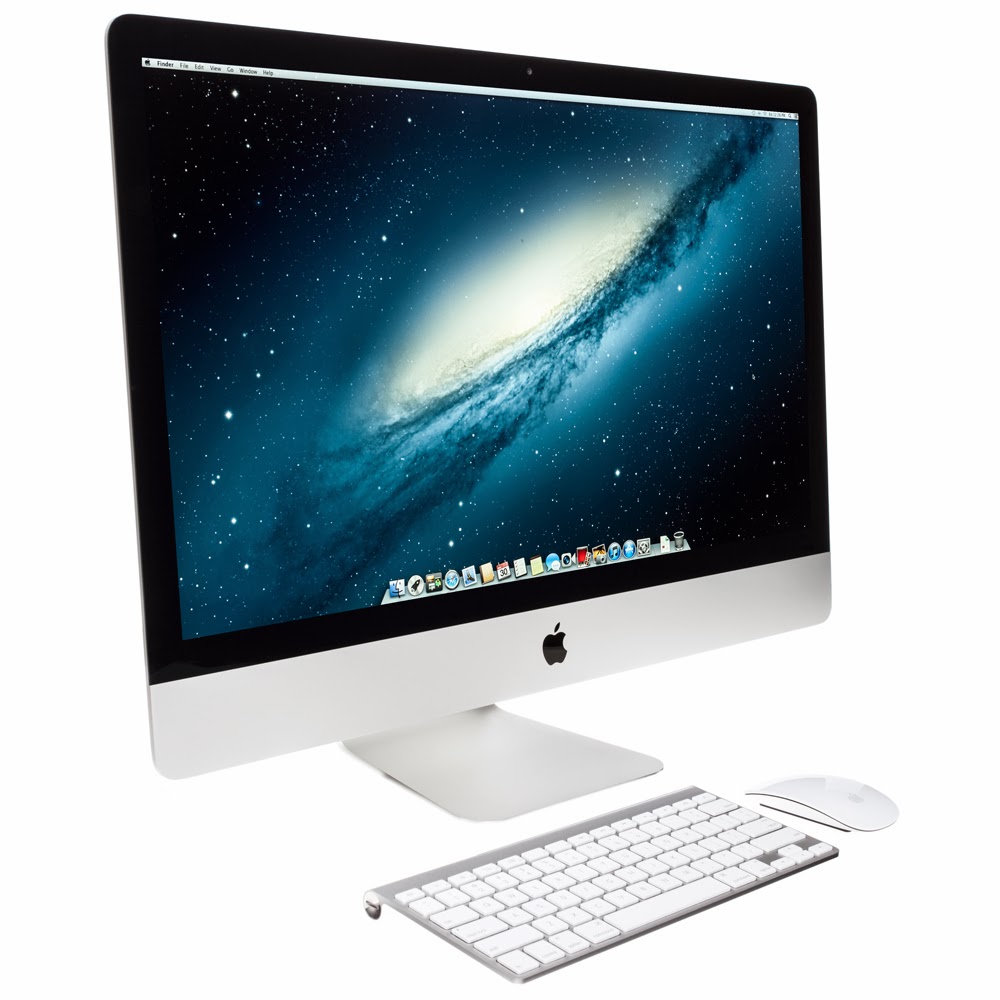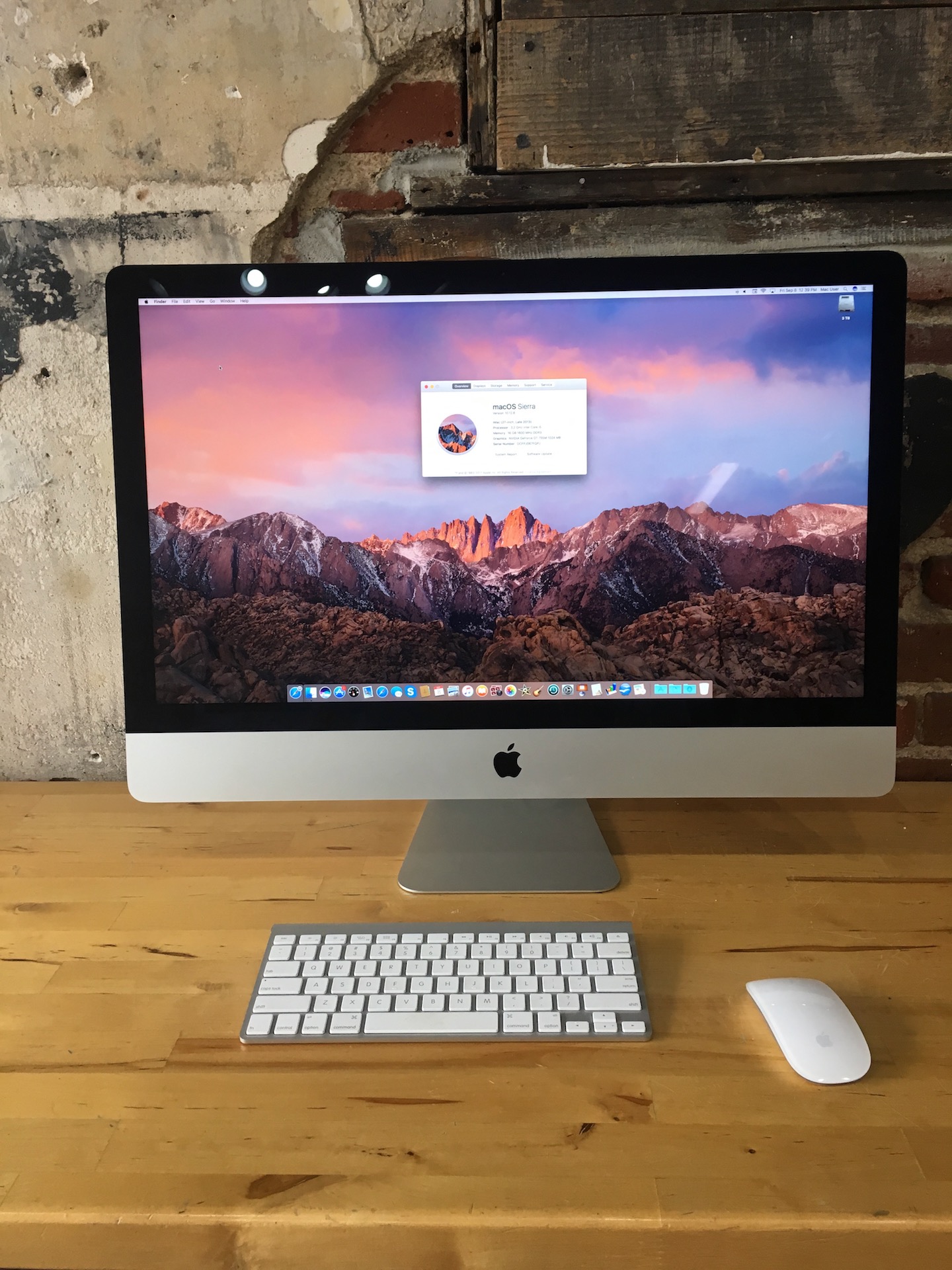
Wireless technologies are still included, with 802.11ac support found on the iMac with Retina 5K, with backwards compatibility for 802.11a/b/g/n networks, while also including support for Bluetooth 4.0. While a regular iMac 27 inch relies on an In-Plane Switching (IPS) display supporting a resolution of 2560×1440, the Retina version of the iMac takes the same sized screen and uses an IPS panel sporting the resolution of 5120×2880, a resolution which is technically classed as 5K, higher than that of the 4K displays we’re seeing coming out now both on various laptops, computer monitors, and even TVs.īeyond this, though, and a few other chips inside the computer to keep that 5K screen from misbehaving, the iMac is mostly the same thing you’re used to seeing in the past, with stereo speakers, two microphones, and a FaceTime HD camera up front above the display. The display can’t be changed or upgraded, but if you head the way of the iMac with Retina, you’re getting a different screen than the convention iMac, regardless. System memory starts at 8GB, though like the processor, this can be upgraded too, with 16 and 32GB choices, with upgrades also available on the storage side of things, starting at 1TB Fusion Drive (Apple’s combined conventional hard disk drive and solid-state drive concept), but providing either a 3TB Fusion Drive, or several flash-based choices with either 256GB, 512GB, or 1TB.Īnd there are even choices on the graphics side of things, as Apple moves to AMD for providing the graphics on this generation of iMac, starting with the Radeon R9 M290X with 2GB on the base model, but expanding it to a 4GB variant of the M295X graphics processor.



The new machine starts at $2999 in Australia, and while that’s a far cry and nearly a grand off the base model 27 inch iMac, the machine is a little different, with faster innards, more graphical grunt, and a screen that will make other computer makers go scrambling to update their competitors.įirst, though, let’s get to the insides, because in the iMac 27 inch Retina, you’ll find Intel’s fourth-generation processors, with two options available, the quad-core i5 clocked at 3.5GHz in the base model, though it can be upgraded to a 4GHz quad-core i7, as well.


 0 kommentar(er)
0 kommentar(er)
